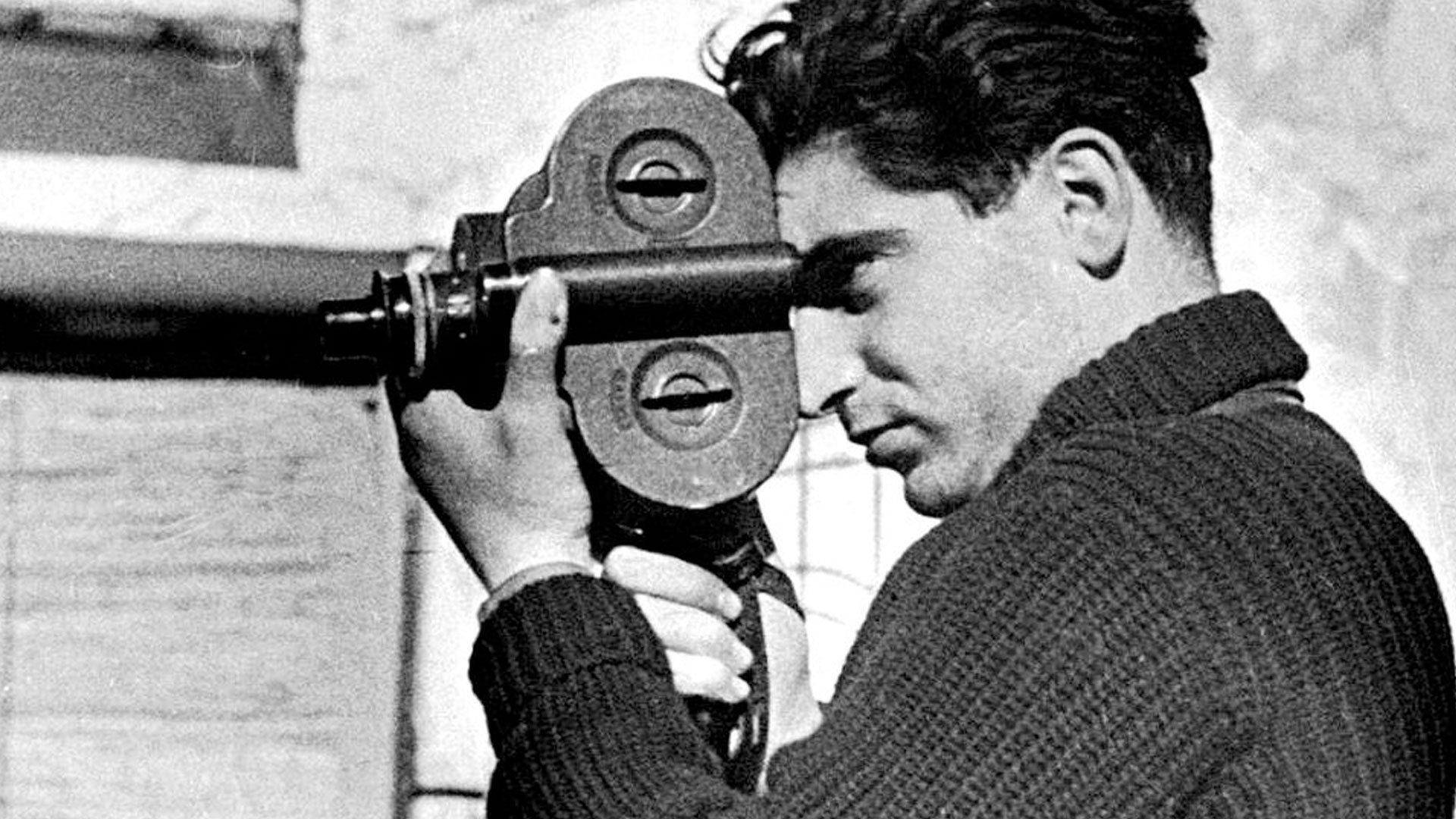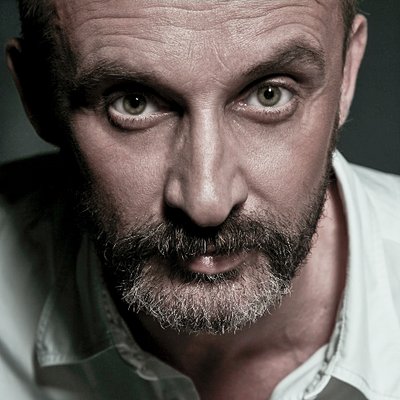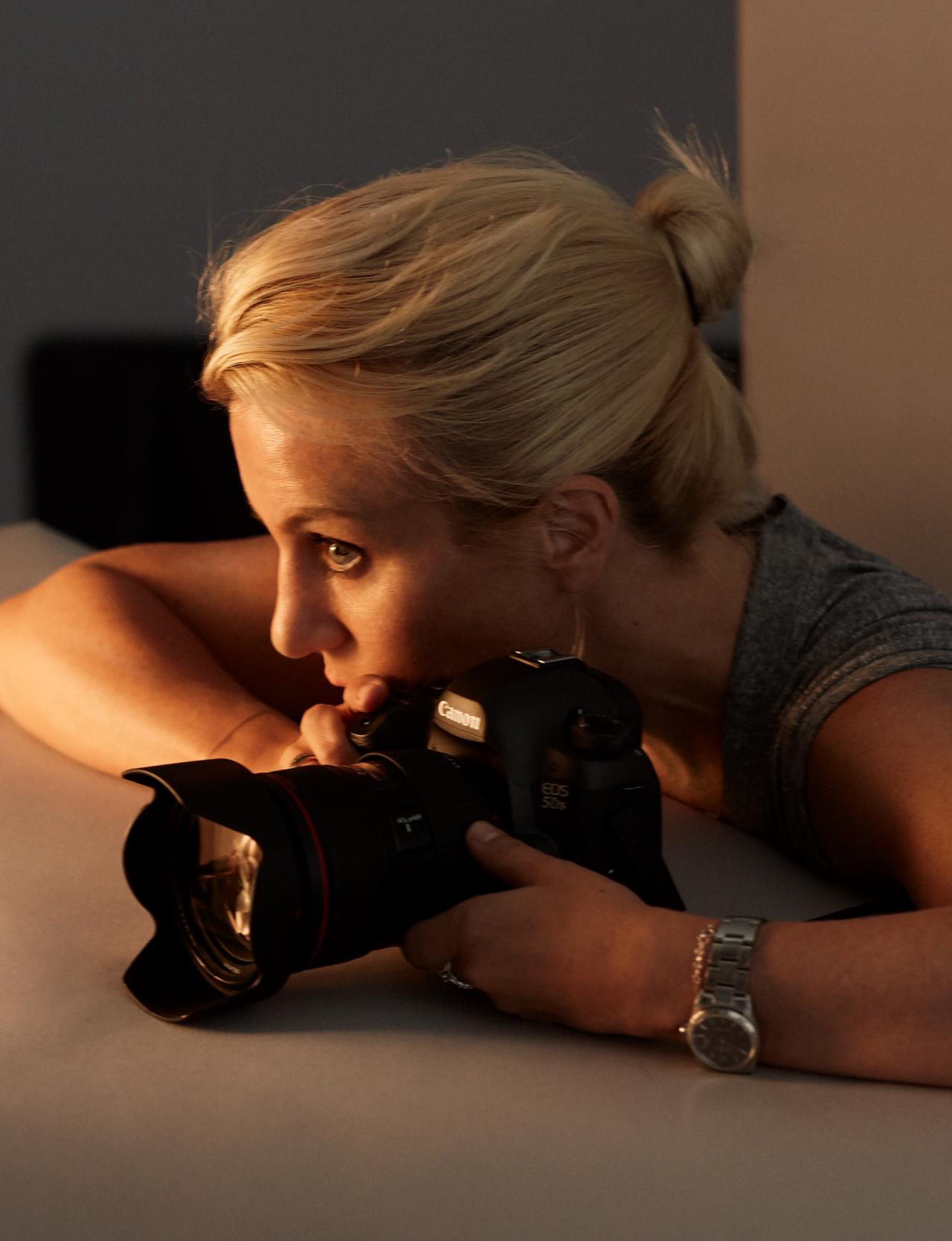Robert Capa, pseudonym of Endre Ernő Friedmann (Hungarian: Friedmann Endre Ernő; Budapest, Hungary, October 22, 1913-Thai Binh, Vietnam , May 25, 1954), was a 20th-century Hungarian war photojournalist and photojournalist. He was a sentimental partner of the photographer Gerda Taro and together they photographed under the pseudonym "Robert Capa"; being difficult to know which photos are of each one. They covered different conflicts: the Spanish Civil War, the Second Sino-Japanese War, the Second World War (in London, North Africa, Italy, the Normandy battle on Omaha Beach and the liberation of Paris), the Arab- 1948 Israeli and First Indochina War. In Paris in 1947, together with David "Chim" Seymour, Henri Cartier-Bresson, George Rodger and William Vandivert, he founded the organization Magnum Photos, the first cooperation agency for independent photographers from all over the planet.
Endre Ernö Friedmann was born in the city of Budapest into a Jewish family that enjoyed a good economic position. His mother was a fashion designer and his father an intellectual thinker with aristocratic influences. In Hungary it was customary at that time to belong to a circle of an artistic or political nature and Endré entered one of them, in which he received the nickname "Bandi".
Condemned in his adolescence to live wandering around the city due to the establishment of his parents' workshop in the house, after they lost the premises as a result of the economic depression of 1929 In these adventures he would meet one of the women who most influenced his life, and it can be said that if it had not been for her he would not have become a great photographer. The name of that woman was Eva Besnyo, who from a very young age had a great interest in photography. Eva was one of those people who found taking pictures more productive than doing her homework. In his youth he already took pictures with his Kodak Brownie camera. She and her special taste for this art motivated Endré's first contact with photography. He was much sought after by his friends, since he was characterized as a generous and loyal young man.
Already seventeen years old and waiting to finish his school life, Endré meets one of those people who would shape his life, one of those good friends who set out on their paths, with excellent advice , timely economic support, appropriate connections, artistic suggestions and conceptions about life. This illustrious character was called Lajos Kassák, who, with socialist tendencies, decided to help any artist with constructivist currents. He made photography known as a social object by showing the injustices of the capitalist system and presenting works in his seminars such as those of Jacob Riis and Lewis Hine. In 1929 the political situation went from bad to worse with the imposition of a fascist government in Hungary, which forced the young Endré to leave the country together with the great mass of young people who felt pressured by the lack of a democratic government and guarantees. economic. In his case, he left the country barely a year after the establishment of the fascist regime, in 1930 when he was captured and wounded by the police while participating in a protest against the regime, he would leave for Berlin the next day.
At the age of 18, he left Hungary, then already under a fascist government. After passing through Germany, he traveled to Paris, where he met the photographer David Seymour who got him a job as a photojournalist at Regards magazine to cover the mobilizations of the Popular Front. In one of his jobs with the magazine, he managed to mix with some workers who were going to see a speech by Leon Trotsky in Copenhagen. He was the only photographer for the magazine who had managed to capture the Russian exile, and the photos became famous for portraying Trotsky's intense charisma.
Between 1932 and 1936, trying to escape Nazism, Endre Friedmann, living in France, meets the German photographer Gerda Taro (née Gerta Pohorylle) who would end up being his romantic partner and professional. In order to try to increase the value of the often rejected works of the couple, they invented the name of an alleged North American photographer Robert Capa, both of whom used said pseudonym interchangeably. This fact constitutes the basis of the controversy over who of the two actually took some of their most relevant photographs.
When the Spanish Civil War broke out in July 1936, Capa moved to Spain with his girlfriend to cover the main events of the Spanish war. Involved in the anti-fascist struggle and with the cause of the Republic, he was present, from that side, on the main combat fronts, from the beginning on the Madrid front until the final withdrawal in Catalonia.
Always on the front line, his photograph Death of a militiaman, taken in Espejo, on the Córdoba front, on September 5, 1936, on September 5, 1936, is world famous.
Reproduced in most books on the Civil War, its authenticity has been questioned by various experts. Despite the fact that a local historian from Alcoy named the militiaman, Federico Borrell García, an anarchist militiaman, the documentary La sombra del iceberg (2007) denies such attribution with witnesses, forensic doctors and documents from the local archive of Alcoy. Likewise, it shows the inconsistency of said thesis and provides new photos of the militiaman sequence that support the thesis of the staging, as well as the possibility that the snapshot was not taken by Capa, but by Gerda Taro. In January 2008, according to CNN, a suitcase lost by Capa was found where there are innumerable negatives of shots he took in the Spanish Civil War; a treasure of incalculable historical value. According to an article published on the El Periódico website, it is clear that said group of photographs were taken 10 kilometers from the front, in the town of Espejo, where the Republican troops had their headquarters at that time, according to the newspaper.< /p>
During World War II, he was present in the main war scenes in Europe, so from 1941 to 1945 he traveled through Italy, London and North Africa. Of the Allied landing in Normandy, on June 6, 1944, the famous D-Day, his photographs taken are classic, together with the soldiers who disembarked on the beach itself called Omaha in the terminology of the operation.
Of the 134 photos I took of the landing, only eleven survived processing. They are known as The Magnificent Eleven. He was the only photographer in the first wave of the landing, the one that would take all the enemy fire and have the most casualties. He also captured the liberation of Paris in images. Huston Hu Riley was the soldier pictured at the time. On the occasion of his work during this conflict, he was awarded by General Eisenhower with the Medal of Freedom.
When his old dream of being an "unemployed war photographer" finally came true (not because he had given up the trade, but because of the absence of new conflicts), he led for several years a pleasant cosmopolitan life in Paris. In 1947 he created, together with the photographers Henri Cartier-Bresson, Rodger, Vandiver and David Seymour, the Magnum Photos agency, where Capa did a great deal of photographic work, not only in war scenes but also in the artistic world, in which he had great friends, including filmmaker John Huston, actor Gene Kelly, Pablo Picasso, Ernest Hemingway, and John Steinbeck.
Also in 1947, he traveled to the Soviet Union with John Steinbeck to illustrate Russian Journal. The following year he visited Hungary, Poland and Czechoslovakia with the journalist Theodore H. White, and in 1949 he made the photographs for Report on Israel, whose text was signed by Irwin Shaw. In 1954, the publisher Mainichi Press invited him to travel to Japan to participate in the launch of a new illustrated magazine, but the trip was finally cancelled: at the end of April. Howard Sochurek, the Life photographer who had been covering the Indochina war for several months, had to return to the United States and the magazine's editor convinced Robert Capa to replace him at the front. In the early morning of May 25, while accompanying a French army expedition along with two other correspondents through a thick and dangerous wooded area under fire, Capa decided to get out and go ahead on foot to photograph the advance. Then the platoon heard an explosion, he had inadvertently stepped on a mine that blew off his leg and left him with a serious chest wound.
Robert Capa left a legacy of 70,000 negatives: a visual testimony gathered over a twenty-two-year career (1932-1954). His images, in addition to documenting the most important events of the 20th century, have become true icons of struggle, resistance and human dignity in the face of suffering.
(Source Wikipedia)
See some of Robert Capa's photos
There is nothing worse than a bright image in a blurry concept.








 English (United Kingdom)
English (United Kingdom)